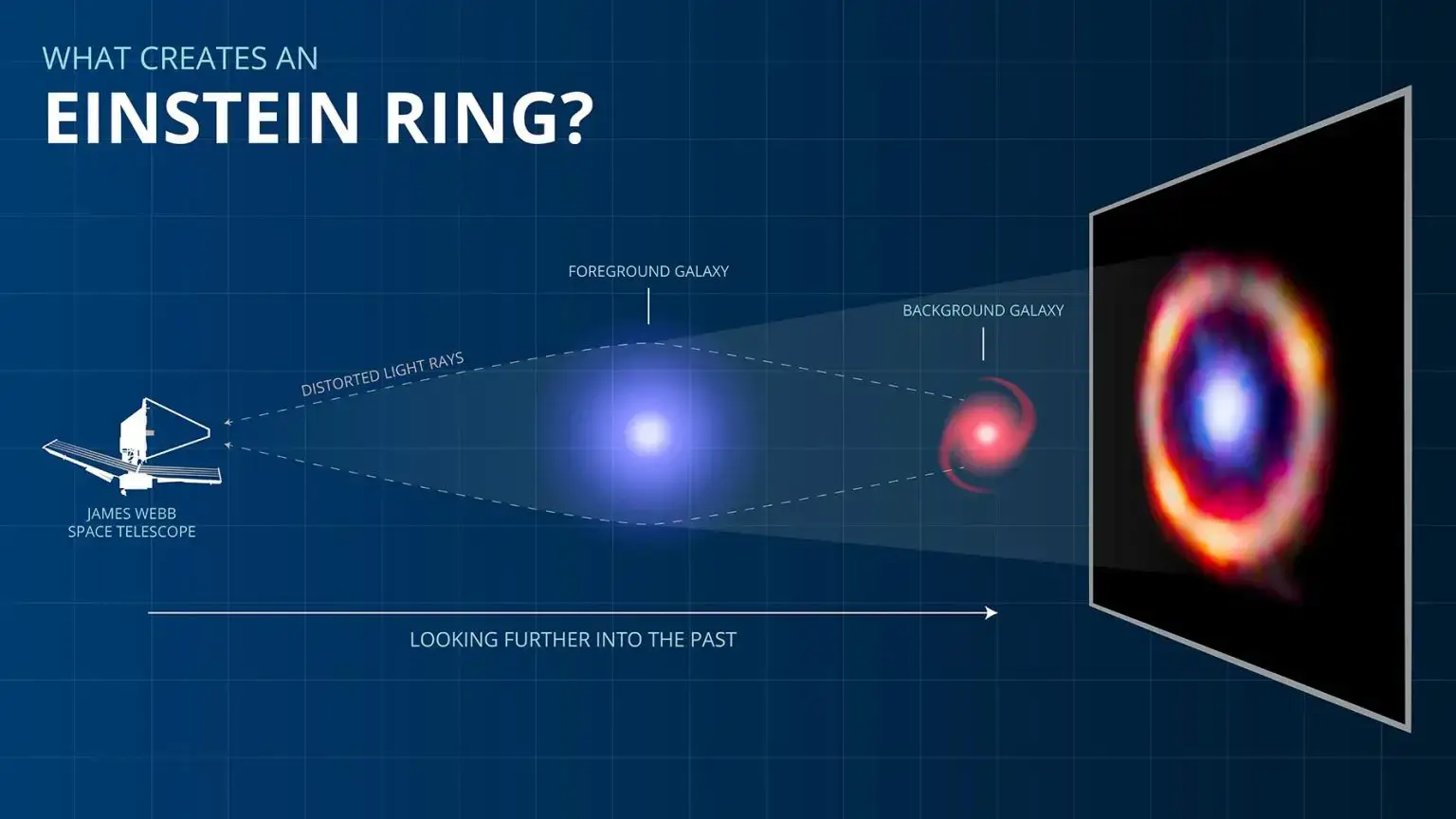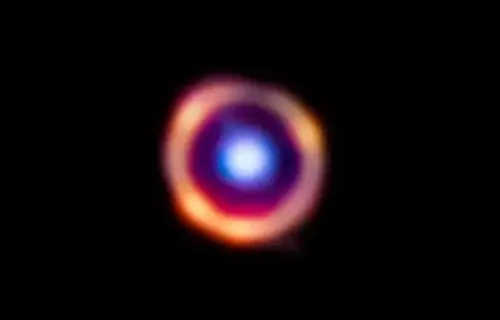COLLEGE STATION, Texas — Scientists have made a remarkable discovery with the help of NASA’s James Webb Space Telescope. They have detected complex organic molecules in the farthest galaxy ever seen. This sheds light on the intricate chemistry accompanying the birth of stars, even in the early stages of the universe. Contrary to popular belief, the findings challenge the notion that where there’s smoke, there’s also fire.
Led by astronomer Justin Spilker from Texas A&M University, the international team uncovered these organic molecules in a galaxy over 12 billion light-years away. The light captured by astronomers began its journey when the universe was less than 1.5 billion years-old — about a tenth of its current age. The galaxy was first discovered by the National Science Foundation’s South Pole Telescope in 2013 and has since been studied by many observatories, including the radio telescope ALMA and the Hubble Space Telescope.
The discovery was made possible by a combination of the powerful capabilities of the Webb telescope and gravitational lensing. This phenomenon occurs when two galaxies align perfectly from our perspective on Earth, creating an Einstein ring where the background galaxy’s light is stretched and magnified by the foreground galaxy. By utilizing this natural cosmic magnifying glass, the researchers obtained unprecedented detail, allowing them to observe the rich composition of a galaxy in the early universe.
The data collected by JWST revealed the presence of large organic molecules resembling smog and smoke, similar to the ones found on Earth that contribute to atmospheric pollution. However, these cosmic smoke signals have less dire consequences for their galactic ecosystems. Contrary to previous beliefs, the researchers found regions with smoke but no star formation and others with new stars forming but no smoke. This challenges the notion that the presence of these molecules always indicates the birth of new stars.

“Discoveries like this are precisely what Webb was built to do: understand the earliest stages of the universe in new and exciting ways,” says technical team leader and University of Illinois Urbana-Champaign graduate student Kedar Phadke, in a university release. “It’s amazing that we can identify molecules billions of light-years away that we’re familiar with here on Earth, even if they show up in ways we don’t like, like smog and smoke. It’s also a powerful statement about the amazing capabilities of Webb that we’ve never had before.”
JWST’s detection of complex molecules in the early universe marks a significant milestone. It showcases the telescope’s incredible potential for understanding the earliest stages of the universe.
The study is published in the journal Nature.
You might also be interested in:
- James Webb telescope peeks into ‘hot Saturn’s’ atmosphere 700 light years away
- JWST discovers pearl-like string of ancient galaxies
- JWST turns 1! Scientists celebrate space telescope’s first anniversary with jaw-dropping image

